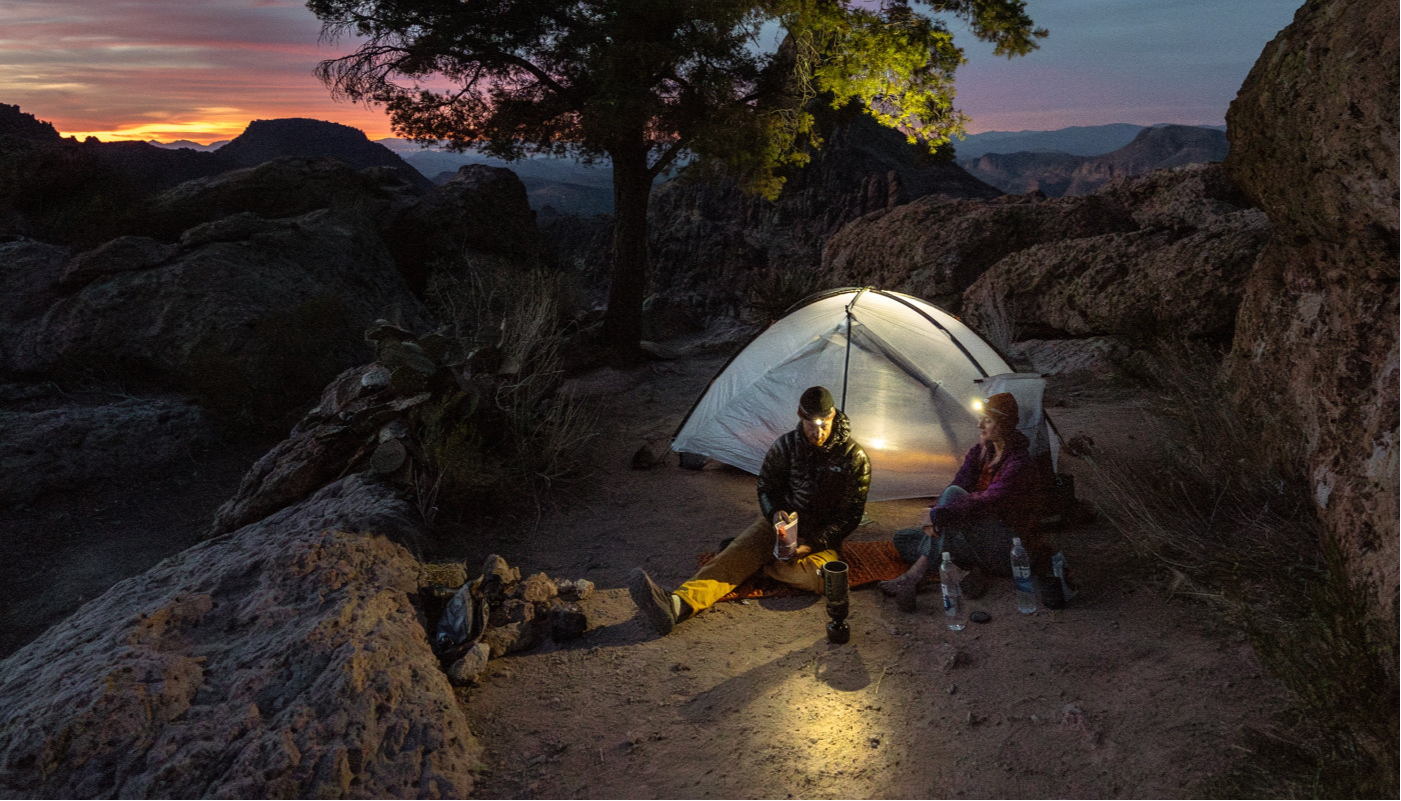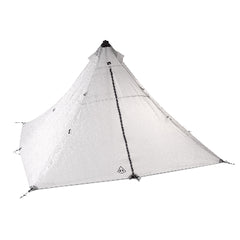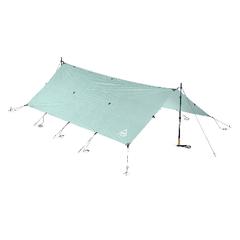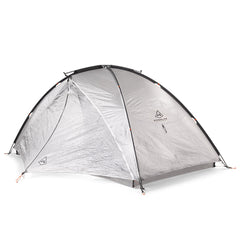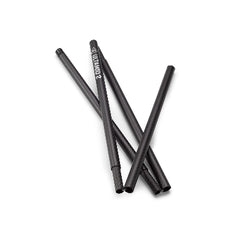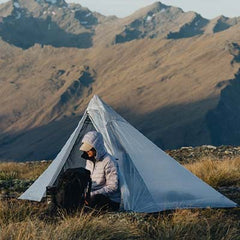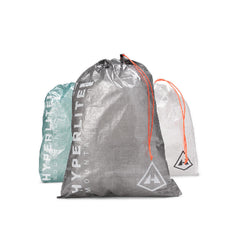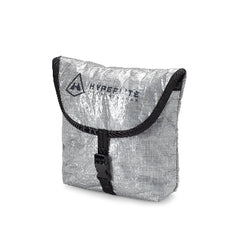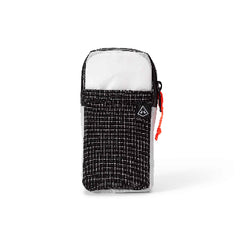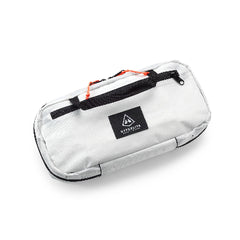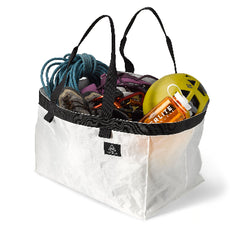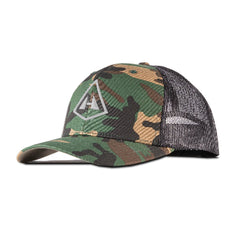Words, Photos, and Video by Brett Davis @brettdavis
With sizable effort, Diana and I carried each of our loaded pack rafts to the eroding riverbank of the mighty Colorado River as it reclaimed its channel from the receding waters and sediment of Lake Powell. Our boats were packed with a month’s worth of food along with both canyoneering and backpacking equipment, and the additional items we would need to paddle and explore the dwindling reservoir and the emerging canyons of the former Glen Canyon. Once we took our first paddle strokes into the current, we would be on our own for the next 4+ weeks with no resupply or opportunity to get anything we might have forgotten, lost, or broken along the way.
Were we prepared?
Though this question is commonly asked as an adventure begins, it is one that you should answer long before departure. If you have done a good job with planning, confidence should outweigh anxiety in those final moments. Through my career as an outdoor educator and adventurer, I have had plenty of opportunities to learn from my planning successes and failures when it comes to committing, multi-week adventures. Some of these learnings can be summarized in the following tips that were successfully employed on our recent Lake Powell exploration.

Are we ready?

There is no going back now as Diana takes the first paddle strokes down the Colorado River
START THE PLANNING PROCESS EARLY
Unlike simple day or weekend outings, a multi-week trip requires a higher commitment to planning. Given the increased logistics, food and equipment organization, etc., it helps to get started early on the planning process. I’ve planned trips that have taken years to prepare for whether it be from getting visas, permits, or physically being fit enough with the needed skill set to attempt the adventure. Time is your friend when you start the planning process early.
The preparations for Lake Powell started six months out as I perused books, blogs, maps, as well as spoke to others who had paddled its length. With this information, a day-by-day trip itinerary was developed with ideas on what canyons we would explore via day hikes or more extensive overnight trips that involved canyoneering. This itinerary then acted as a guide for our food and equipment planning. The ample time allowed me to dive deep into the research side of things and discover some hidden gems worth visiting that we might otherwise have missed. It also gave us plenty of time to take on devising and creating our own dehydrated meals versus going with the more expensive and sometimes less healthy packaged meals. If we had procrastinated, time would have become an adversary and perhaps causing us to fall short in our planning and thus, effecting the success of the trip.
 An essential map for our planning process
An essential map for our planning process
BE METICULOUS
Lists, lists, and more lists. As soon the planning process begins, a fresh yellow Rite in the Rain book gets pulled off the shelf and a master “to do” list gets started that includes all the little tasks needed to get me to the trip’s start line. Even seemingly simple and mundane actions that I have ingrained in my adventure mind are included on this list. Additionally, I begin compiling an equipment list along with a menu (including shop lists). Through experience I have found that this level of detail and organization is crucial to a trip’s success. You can use an old-fashioned notebook or a digital version for keeping lists, but my trusty yellow notebook becomes a companion, carried with me throughout my day so I can jot down notes or ideas on the fly. As with all of us, life is busy and I can’t remember everything that comes fleetingly into my head. I always have my notebook close at hand to capture those elusive thoughts.

My tried-and-true source of adventure notebooks

Lots of items to check-off
PREPARE FOR THE WHAT IF’S
Being detailed also forces my mind to think about the “what if’s’ that could happen and then begin crafting possible ways to deal with the unexpected. I formulate a trip risk management plan which includes evacuation routes, emergency contacts, first aid kit contents, and other specific pieces of gear (i.e. satellite communication devices) that would be helpful if things go sideways. A word of caution: the “what if” game can cause analysis paralysis syndrome, so make sure to avoid the rabbit hole, lest one find themselves carrying too heavy of loads or deciding to scrap the adventure all together.

Packing the handline made this no fall zone scramble an easy one to mitigate
PACK A “ROLL WITH IT ATTITUDE”
Though we do our best at preparing for the “what if’s,” it is impossible to account for all that can happen in the wilds, especially when adventuring for an extended amount of time. Beyond one’s equipment choices for the trip, Mother Nature is good at presenting challenges when least expected. On this most recent trip, the usual warm, dry and consistent weather that a Lake Powell autumn is known for, was anything but that. It rained nearly every night during our first week of paddling followed by historic rains during the third week of the trip. This deep moisture left the southwest flooded at unprecedented levels not seen since the early 1900’s. We battled high winds, lightning, torrential down pours, and as a result, canyons were flash flooding around us. We had no options for escape from the barrage, so we had to accept the reality of the situation and utilize our experience to make the best decisions possible. These moments can be stressful and scary, but the ability to remain calm and roll with the conditions, can go a long way in mitigating the elevated risk created by the unplanned. A sense of humor also helps during these situations.

Taking cover during yet another thunderstorm
 Canyons flash flooding and waterfalls emerging from steep walls
Canyons flash flooding and waterfalls emerging from steep walls
Additionally, when I develop my equipment list for extended trips, I seek out items that are multi-purpose and can be used in a variety of ways. These pieces of gear tend to compliment the “Roll with It Attitude” as they allow one to think creatively when demanded. Perhaps the most versatile of gear is a buff. I carry one with me on every trip. Our kayak paddles served a couple of purposes on the Lake Powell trip from acting as emergency tent poles to shovels for flattening sandy tent sites and digging trenches around our shelter. Diana and I both brought sarongs on the trip which were helpful for shade cover-ups, ground cloths for meals, and head nets for the uncomfortable, buggy night when we were tentless during an overnight trip away from our boats. In all my years of exploring the desert southwest, I had never experienced mosquitos so abundant and fierce. Our sarong’s saved us.

Another great use of a sarong as a card game playing field
With our boats empty of food and significantly lighter, Diana and I took our final paddle strokes to the boat ramp of the Wahweap Marina. We easily carried them up to our awaiting truck. Over the course of thirty days, we had paddled 280 miles exploring thirty-three canyons along the way. Whew! Mother Nature challenged us in surprising ways and we had gear fail including a solar charging system that severely impacted our ability to recharge our electronics. Despite these hiccups, our trip was a great success, and we accomplished what we set out to do. There probably was some luck involved, but I like to believe that all the work on the front end had something to do with the final outcome.
Happy Adventuring!
Click on the link below to get a glimpse into what 30 days of paddling Lake Powell looks like:

